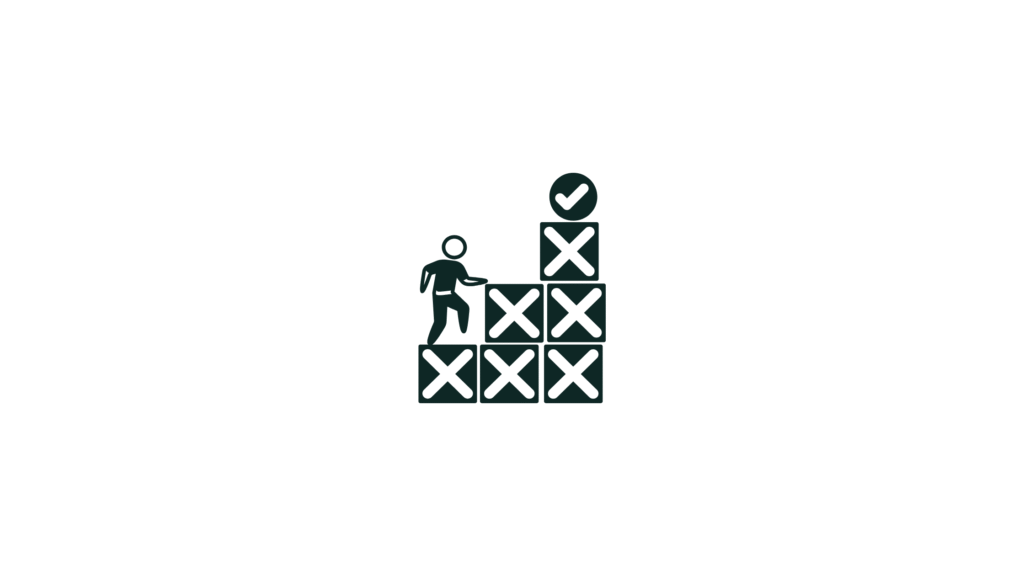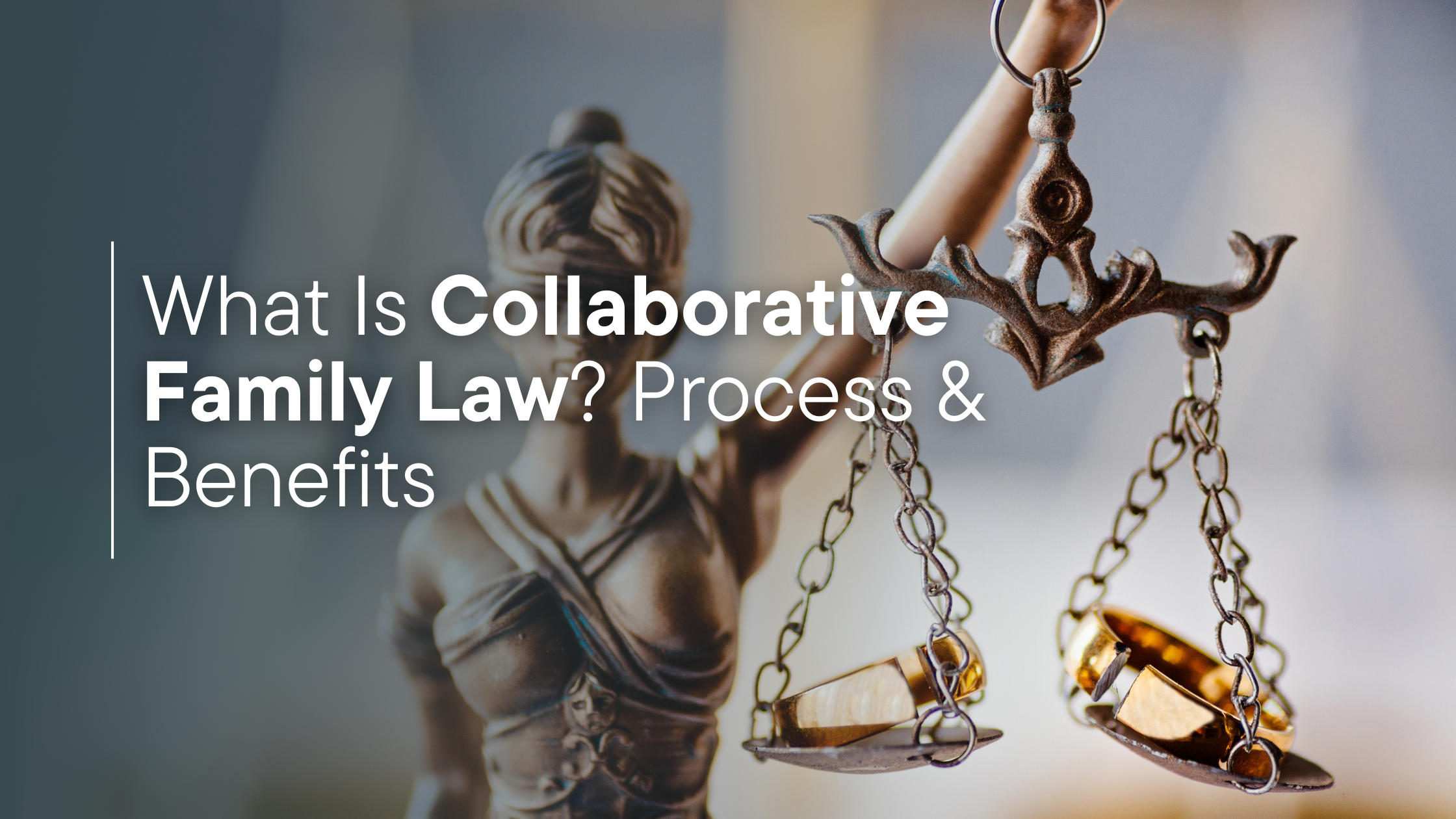Navigating family law disputes can be overwhelming, especially when emotions run high and the future feels uncertain. Traditional litigation often adds stress and conflict, leaving many individuals searching for a more peaceful and cooperative alternative. Enter collaborative family law—an innovative approach that prioritizes communication, cooperation, and mutual respect.
In this post, we’ll explore what collaborative family law is, the process involved, and the benefits it offers to families seeking resolution outside of the courtroom.
What Is Collaborative Family Law?

Collaborative family law is a legal process designed to resolve family disputes, such as divorce, child custody, or property division, through cooperation instead of conflict. Unlike traditional litigation, which involves a courtroom battle between opposing sides, collaborative law encourages both parties to work together with the guidance of legal and financial professionals. The aim is to reach a mutually beneficial agreement without the need for a judge’s decision.
Key Features of Collaborative Family Law:
- Voluntary participation of both parties.
- Involvement of neutral professionals (attorneys, financial experts, and child specialists) to assist in negotiations.
- A focus on open communication and problem-solving rather than conflict and legal warfare.
This approach fosters a sense of partnership, making it ideal for families who wish to minimize stress and preserve relationships, especially when children are involved.
The Collaborative Family Law Process

While each case is unique, the collaborative family law process generally follows these key steps:
- Initial Consultation
The first step involves meeting with a family law attorney who will explain the collaborative process and determine if it’s suitable for your situation. Both parties will need to sign a participation agreement, committing to resolve the dispute outside of court. - Team Formation
Once the decision to move forward is made, each party will hire their own collaborative attorney. Additionally, depending on the case, professionals such as financial advisors or child specialists may be included to provide further expertise and ensure the process is smooth. - Joint Meetings
Regular meetings are scheduled with both parties and the collaborative team. These meetings serve as a forum for discussing issues, exchanging information, and developing solutions. The goal is to address everyone’s concerns, fostering a spirit of cooperation. - Resolution
After several meetings, both parties work together to draft a final agreement. This agreement is intended to be fair and beneficial for all parties involved. If both sides can reach a consensus, the agreement is then formalized and submitted to the court for approval, often without the need for a trial.
Benefits of Collaborative Family Law

Collaborative family law offers several advantages over traditional litigation, especially for families looking to maintain harmony and avoid the emotional toll of lengthy court battles.
- Cost-Effective
While collaborative family law may still incur legal fees, the process is typically more affordable than a drawn-out court battle. With fewer court appearances and less time spent on formal hearings, both parties can save money on attorney fees and related costs. - Confidentiality
One of the major benefits of collaborative family law is confidentiality. Unlike court proceedings, which are public, discussions in collaborative law are private and protected, ensuring that sensitive personal matters remain out of the public eye. - Control & Flexibility
In a collaborative process, both parties have more control over the outcome. Instead of leaving important decisions in the hands of a judge, they can work together to create an agreement that best fits their unique needs. This personalized approach often results in more satisfactory and sustainable outcomes. - Preserving Relationships
Collaborative family law focuses on cooperation and respect, which can help preserve relationships, especially between parents. This is crucial for families with children, as it encourages a co-parenting relationship built on mutual understanding rather than conflict. - Faster Resolution
Because the collaborative process avoids the delays of a traditional court case, families often reach agreements more quickly. This allows everyone to move forward with their lives sooner, reducing the emotional burden of prolonged disputes.
Common Misconceptions About Collaborative Family Law

Despite its many benefits, some people are still uncertain about collaborative family law due to misconceptions. Let’s address a couple of the most common:
- Myth #1: Collaborative Family Law Is Only for Divorce
While collaborative law is often associated with divorce, it can also be used for other family matters, such as child custody, spousal support, and even adoption. The process is adaptable to any family-related issue that requires resolution. - Myth #2: Collaborative Law Doesn’t Work as Effectively as Litigation
Some people believe that collaborative law is less effective than traditional litigation. In reality, collaborative law often leads to more durable solutions because both parties are actively involved in creating the agreement. It’s a process based on mutual respect, not the adversarial approach of litigation.
When Collaborative Family Law May Not Be the Best Option

While collaborative family law is an excellent choice for many families, it may not be suitable in every situation. Here are a couple of instances when traditional litigation might be necessary:
- Domestic Violence: If there is a history of abuse, collaborative law is not appropriate. Safety should always be a priority, and in such cases, legal protection and court intervention are required.
- Intransigence: If one party refuses to cooperate or engage in good faith negotiations, collaborative law will likely fail. A traditional court proceeding may be the only viable option in these cases.
Conclusion
Collaborative family law offers a more compassionate, efficient, and personalized way to resolve family disputes. It provides a valuable alternative to traditional litigation, focusing on cooperation, confidentiality, and solutions that meet everyone’s needs. Whether you’re navigating divorce, child custody issues, or another family matter, collaborative family law may offer the path to a more peaceful and positive resolution.
If you’re considering collaborative family law for your case, contact us today to schedule a consultation. Our team at Barli & Associates LLC is here to guide you through the process with care, expertise, and a commitment to achieving the best possible outcome for you and your family.
Contact Us
Phone: 973-638-1101
Email: [email protected]
Visit Our Contact Page
Let’s work together to protect your future and bring clarity to your legal challenges.





